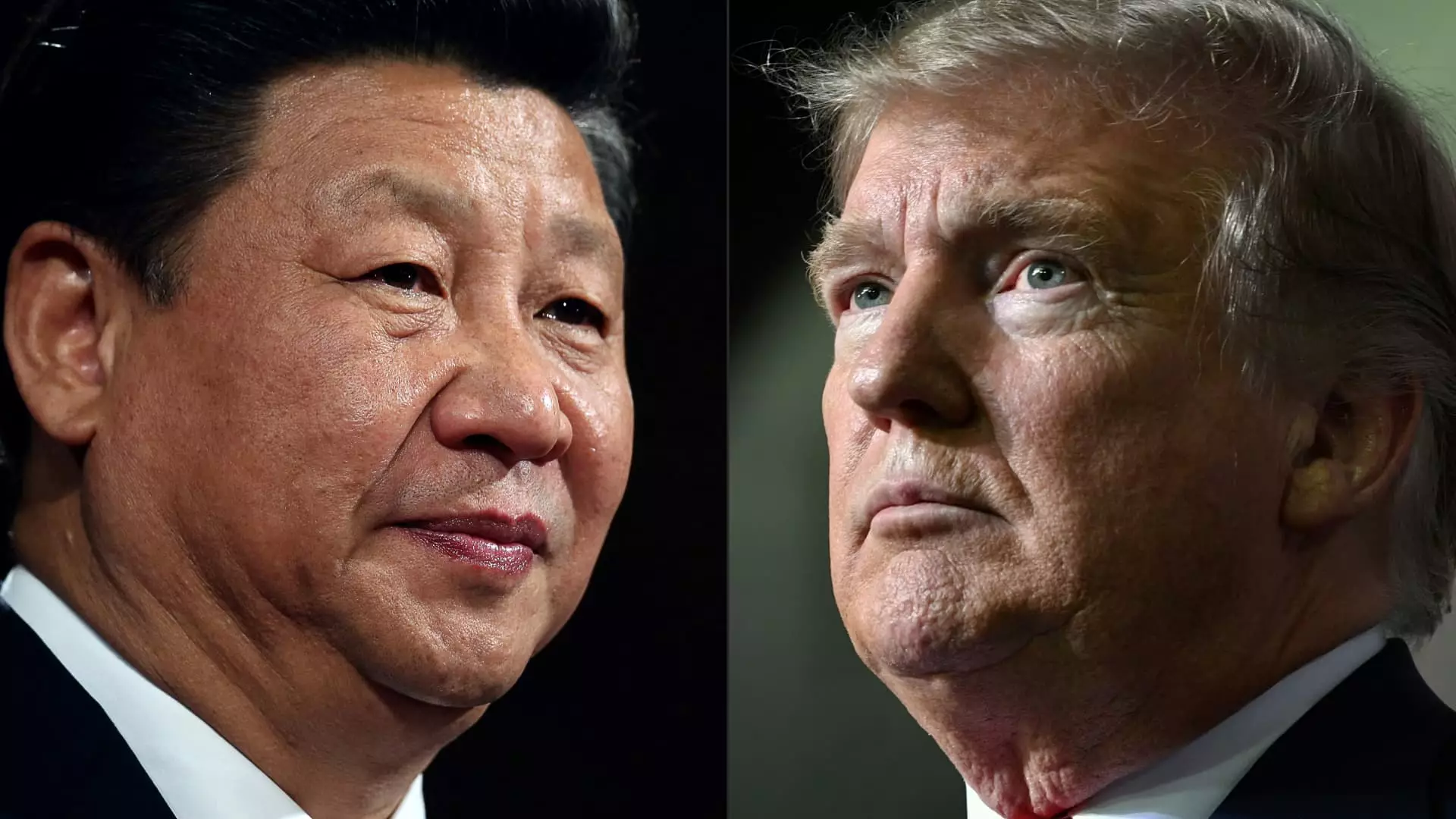In recent statements, former U.S. President Donald Trump expressed his expectation of a forthcoming visit from Chinese President Xi Jinping to the United States. While Trump did not specify a timeline for this anticipated visit, the mere suggestion highlights the ongoing complexity of U.S.-China relations and the significance of personal diplomacy. For both nations, a meeting could pave the way for renewed discussions on trade agreements that have been strained under the weight of tariffs and other bilateral tensions.
The Importance of Direct Dialogue
Historically, dialogues between national leaders have proven invaluable in navigating the intricacies of international relations. Trump’s remarks, delivered on Air Force One, suggested that he sees direct communication with Xi as pivotal in potentially alleviating the trade tariffs that have impacted both economies. The idea that “it’s possible” for a new trade deal between the U.S. and China illustrates a willingness to engage in negotiations and seek resolutions to longstanding issues that have characterized the relationship.
President Xi’s last visit to the United States occurred in November 2023, marking a significant engagement between the two nations. During that meeting with then-President Joe Biden, they established channels for military communication and took steps to address the pressing issue of fentanyl production. Such agreements underscore the potential for these high-stakes encounters to result in cooperative measures despite the backdrop of discord in other arenas, such as cybersecurity and human rights.
The discussion surrounding TikTok, an app owned by Chinese company ByteDance, reveals another layer in the complex matrix of U.S.-China relations. Trump’s comments about negotiating a sale point to the intersection of technology and national security that has become a contentious topic. As the U.S. seeks to take a firmer stand on technology linked to foreign entities, such dialogues are essential to maintaining some level of stability and trust.
Despite the potential for dialogue and negotiation, the undercurrents of tension are far from resolved. Issues ranging from trade imbalances to human rights abuses and the ongoing crises in Taiwan and Hong Kong create a challenging environment for future discussions. Both countries need to acknowledge these complexities in order to forge a constructive path ahead.
In addition to U.S.-China ties, Trump’s comments also touched on the situation in Ukraine, where he expressed confidence that a resolution could be reached with Russia. He suggested that the dynamics of territory control may influence the willingness of involved parties to engage in peaceful negotiations. This showcases a broader vision of diplomatic potential that extends beyond bilateral talks with China, indicating a comprehensive approach to international relations.
As former President Trump navigates the waters of international diplomacy, the prospects of an impending visit from Xi Jinping represent not just a bilateral interaction but a potential turning point in U.S.-China relations. While optimism abounds, the challenges are significant, and both nations must tread carefully to align their priorities and establish groundwork for a more stable international landscape.

Leave a Reply